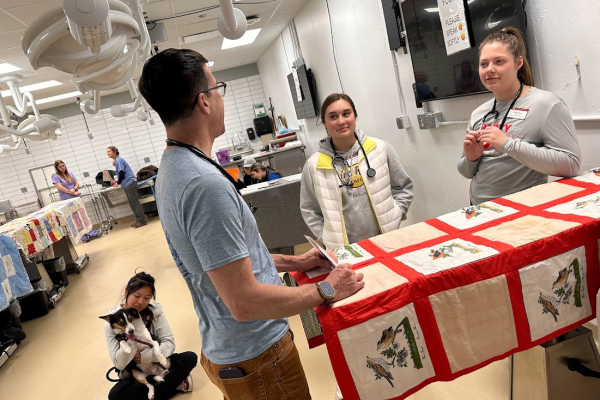
Image of the month
What types of uroliths form in horses?

The Minnesota Urolith Center has analyzed stones from more than 100 species of animals. The horse ranks 10th among the number of urolith submissions by species. Between 2010 and 2022, we received 244 equine submissions. Like most herbivorous animals, calcium carbonate was the most common stone accounting for 98% of submissions; 0.4% were calcium phosphate carbonate, and 1.6% were compound stones where at least one of the layers was composed of calcium carbonate. The most common age group for stone submissions were from horses 9 to 15 years old (38%). Sixty-nine percent of all equine stones were from males, 30% were from females, and the remaining submissions did not report gender. Seventy-eight percent were from the lower urinary tract and 18% were from upper urinary tract.
Calcium carbonate is sparingly soluble in aqueous solutions like urine, but is more soluble in acidic urine than alkaline urine. To prevent recurrence, urine acidification by feeding ammonium chloride (50–200, mg/kg, PO, daily) or ammonium sulfate (200–300 mg/kg, PO, daily) is recommended.1
Calcium carbonate stone surgically removed from the urinary bladder of a 15-yr-old male neutered Thoroughbred.
1Jones, M (Oct 2022) Urolithiasis in Horses, Merck Veterinary Manual Professional Version. https://www.merckvetmanual.com/urinary-system/noninfectious-diseases-of-the-urinary-system-in-large-animals/urolithiasis-in-horses







